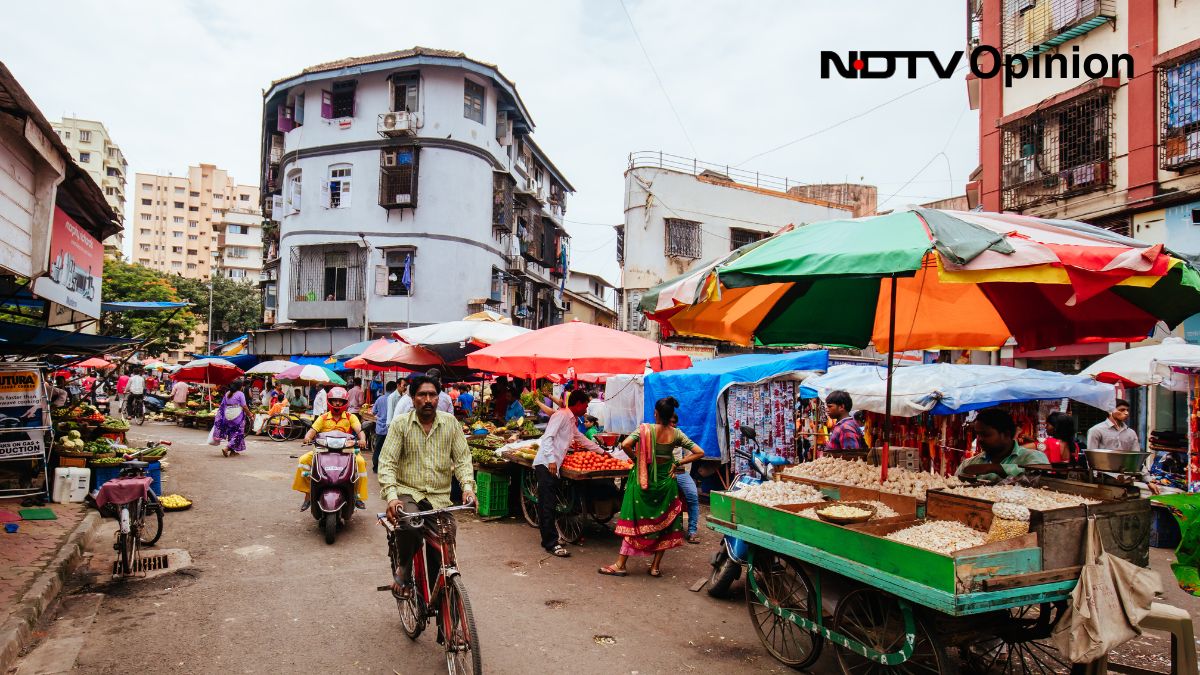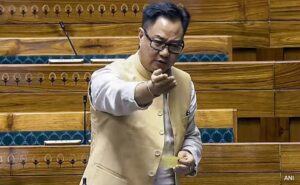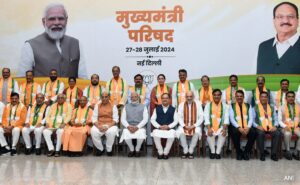As exit polls for Maharashtra are released on the evening of November 20, they are likely to err on the side of caution, thanks to recent experience. In all likelihood, they would predict that the race is too close to call, or they would provide a margin of error/range that would allow them to claim victory irrespective of which alliance wins.
When Lokniti-CSDS in collaboration with World Peace University undertook a survey in September-end and October-beginning (and was reported in the media), there was very little difference between the Maha Vikas Agadi (MVA) and the Mahayuti in terms of both their performance and expectations. The Mahayuti had appeared to cut down the lead that the Aghadi had gained in the Lok Sabha polls. This was largely on account of the support the incumbent government was receiving for its welfare schemes. The Laadki Bahin Yojana clearly gave the Mahayuti an advantage among women voters. Yet, the study concluded that much would depend on the cut and thrust of the campaign launched by both sides.
Both alliances have their share of headaches in terms of seat distribution and deciding candidates. The presence of rebels on both sides will be a matter of concern for both the formulations. A vigorous campaign was launched by both alliances, with their top national leaders adding weight to their respective groups. It is interesting that both sides kept the focus on local issues.
BJP Is Both Winner And Challenger This Time
Two points merit attention. First, over the last decade, it has been noticed that whenever the Bharatiya Janata Party (BJP) is pushed to the opposition, it launches aggressive campaigns against the incumbent. And, while in power, it relies on low-key, ground-level campaigns to defend its track record in governance. In Maharashtra, the BJP is in a dilemma. Since the last assembly election, the state has seen both MVA and Mahayuti dispensations. The BJP is the largest contributor to the Mahayuti in terms of numbers, but the leadership rests in the hands of the Shiv Sena.
Second, assembly election results, more often than ever now, have become a function of a party/alliance losing the elections and the rival, consequently, managing to win. Would this trend play out in Maharashtra too?
A Hyper-Local Contest
As one approaches voting day in the state, four key variables seem to be shaping up the contest.
One, the state has seen important variations in the results even as the state polls are coming close on the heels of the national election. The result may be in a similar direction, but the intensity is distinctly different. In the 2019 Lok Sabha polls, the National Democratic Alliance (NDA) won over 230 assembly segments. But in the assembly elections that followed, it bagged 161 seats. In the 2024 Lok Sabha election, the MVA won 30 Lok Sabha seats in the state, while the Mahayuti won just 17. When read in terms of assembly segments, the results indicated that the MVA won 23 assembly seats more than the Mahayuti (151 vs 128). 128). Thus, the impact of smaller constituencies and the clear impact of local socio-cultural factors is very evident in state assembly polls.
Second, there is a visible difference in the number of seats being contested by alliance partners. In the Mahayuti, the BJP is contesting a majority of the seats, having put up candidates in as many as 148 of the 288 segments. The Shiv Sena (Shinde) is contesting 85 seats, and the Ajit Pawar-led NCP has fielded candidates for 55. Thus, for the Mahayuti to do well, a lot would depend on the BJP’s performance. In the case of the MVA, the Congress is vying for 100 seats, followed by 90 being contested by the Shiv Sena (Udhav) and 85 by the Sharad Pawar-led NCP. Originally, the two parties had planned to contest an equal number of seats, though that couldn’t be. For the Aghadi to do well, at least two—if not all three—of its constituents will have to put up a stellar performance.
A Decisive Verdict On Legacies
Third, the 2024 Lok Sabha election was watched closely in Maharashtra. It was felt that the election would reflect the public’s verdict on which are the legitimate Sena or NCP factions. This decision was clear in the case of the NCP, with voters endorsing the Sharad Pawar faction massively. The Ajit Pawar group could win only one of the four seats it was seeking, while the Sharad Pawar-led faction won eight of the ten seats it contested. On the other hand, while Uddhav Thackeray’s Shiv Sena won four of every 10 seats it contested (nine out of 21 in total), the Eknath Shinde faction won close to half the seats (seven of the 15) it was targeting. The assembly elections will be the final verdict on which faction voters see as being the true inheritor of the original Shiv Sena.
Finally, both alliances have attempted to build a winning social coalition. The survey referred to earlier in this article pointed to several trends. The OBCs appear to be with the Mahayuti, while the Dalit vote seems split between the two alliances. And, the tribal and Muslim vote is expected to favour the MVA. Amid these calculations, what is crucial is the Maratha vote, which could swing either way and shape the results definitively. The alliance that’s ultimately more successful in stitching together a stronger social coalition would clearly have the edge.
(Dr. Sandeep Shastri is the National Coordinator of the Lokniti Network)
Disclaimer: These are the personal opinions of the author



